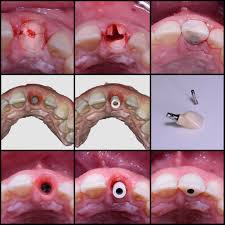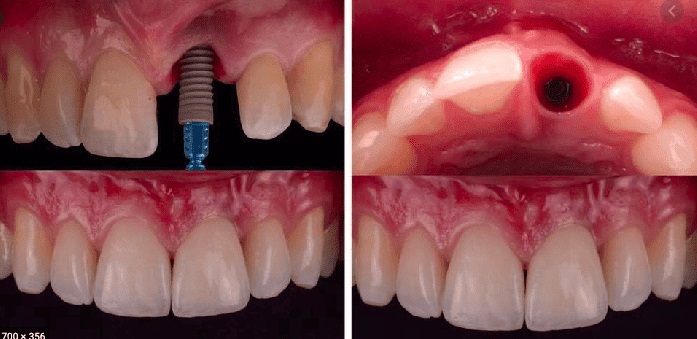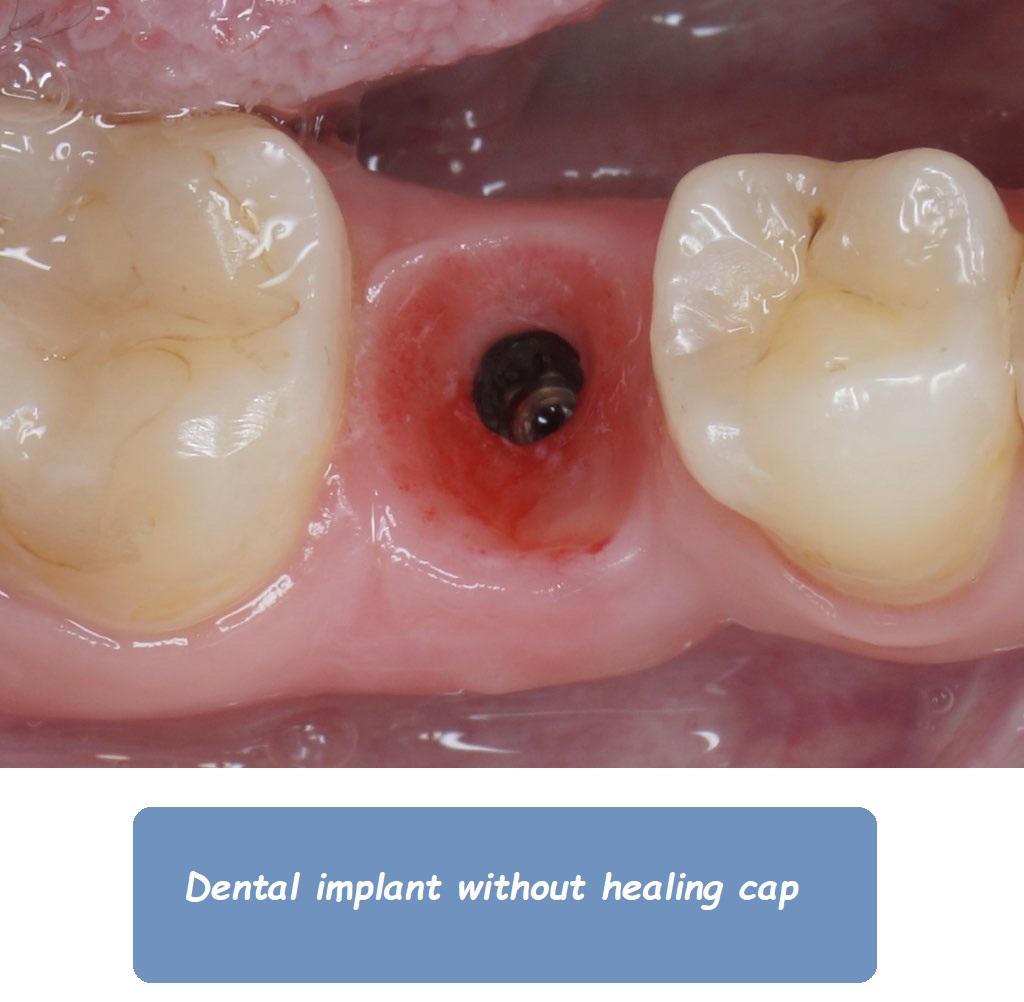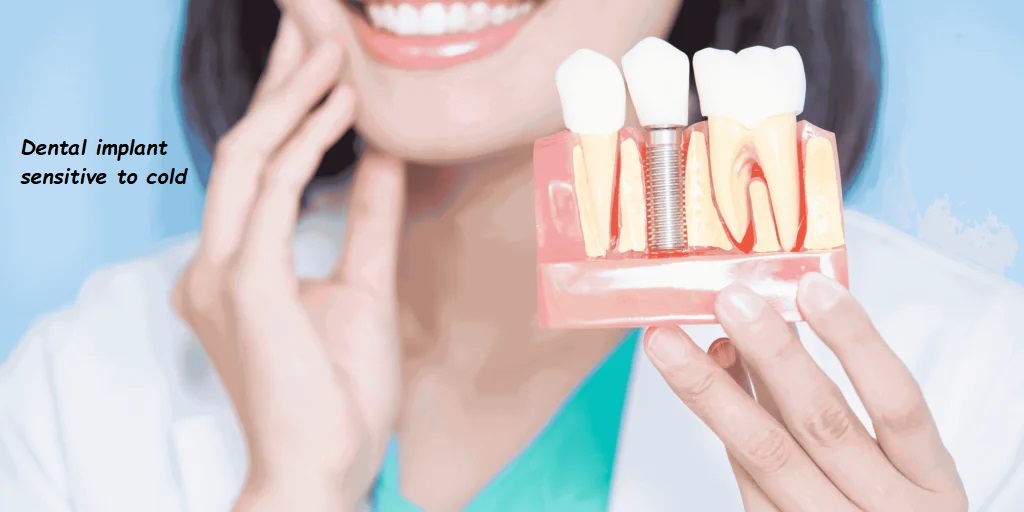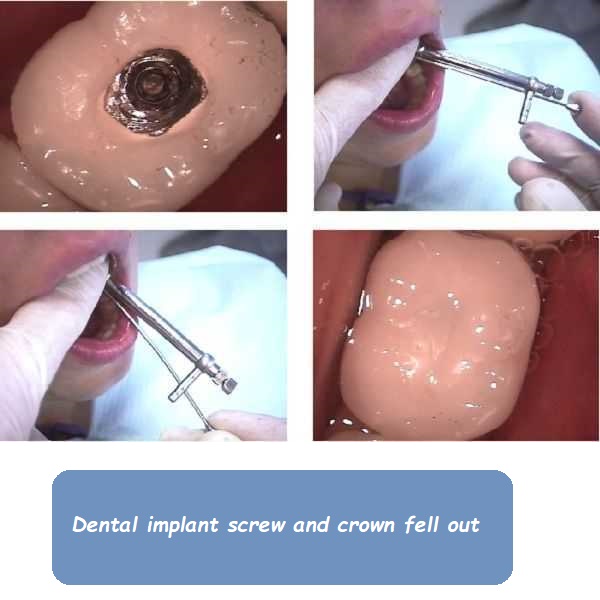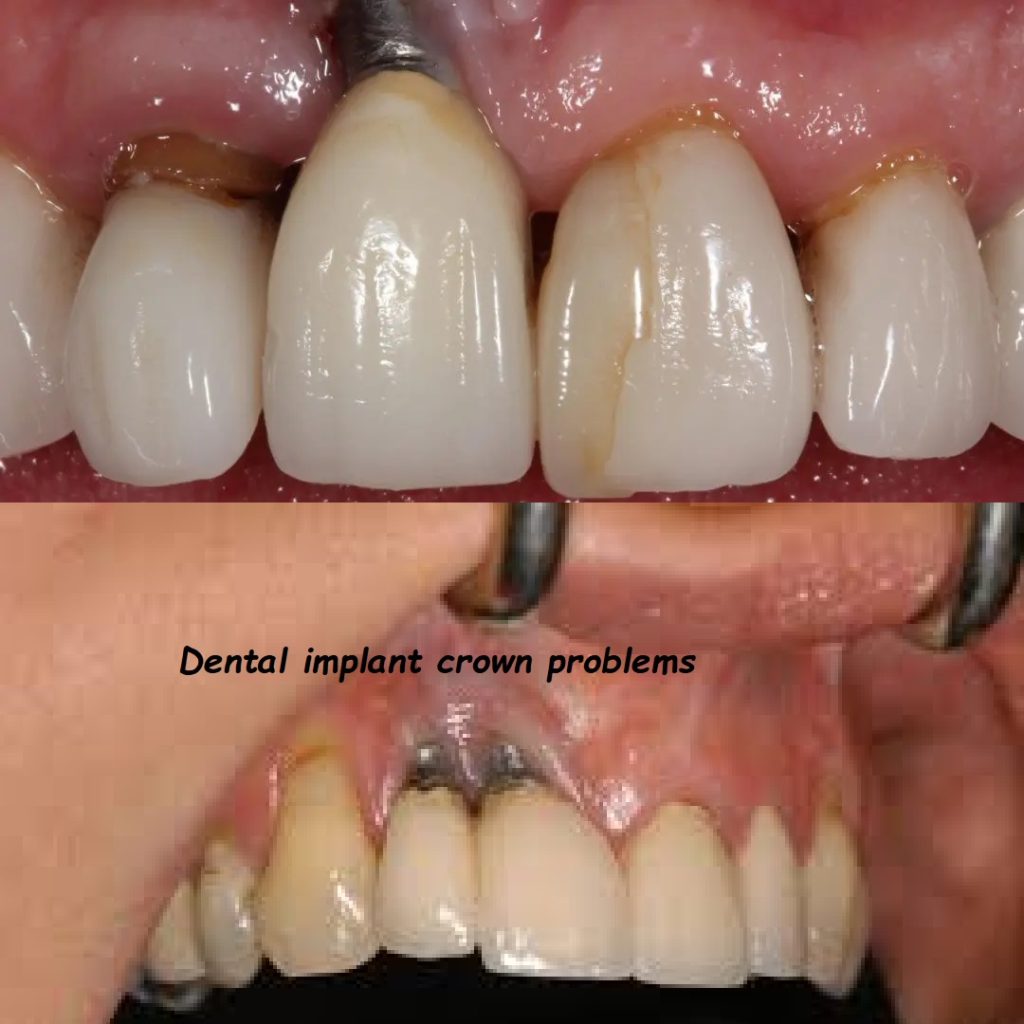Temporary dental implants

The Bridge to a Permanent Solution
Ever felt stuck between a rock and a hard place when dealing with tooth loss or waiting for a permanent dental implant? Temporary dental implants might just be the perfect bridge to fill that gap. This guide will walk you through everything you need to know about temporary dental implants, from what they are and their benefits to the procedure, recovery tips, and more. Let’s dive into how these temporary solutions can provide immediate comfort and functionality while you wait for a permanent fix.
What Are Temporary Dental Implants?
Temporary dental implants, or provisional or transitional implants, are short-term solutions designed to provide immediate function and aesthetics. At the same time, your mouth heals from extraction or prepares for a permanent implant. These implants are usually made from materials like titanium or composite and are smaller and less robust than their permanent counterparts.
Why Choose Temporary Dental Implants?
Temporary implants serve as placeholders to maintain space and alignment in your mouth. They are particularly useful in cases where:
- You’ve just had a tooth extraction and need time for the area to heal before placing a permanent implant.
- You’re undergoing a lengthy dental procedure and need functional teeth in the meantime.
- You want to maintain the aesthetics of your smile during the healing process.
Benefits of Temporary Dental Implants
Choosing temporary dental implants offers several advantages:
1. Immediate Functionality and Comfort
Temporary implants allow you to chew and speak normally, reducing the inconvenience of missing teeth.
2. Preservation of Oral Health
They help maintain the space and alignment of your teeth, preventing surrounding teeth from shifting.
3. Enhanced Aesthetics
Temporary implants look natural, ensuring your smile remains intact while you wait for a permanent solution.
4. Improved Confidence
Having temporary implants can boost your confidence, allowing you to go about your daily activities without worrying about missing teeth.
The Temporary Dental Implant Procedure
Are you curious about how temporary dental implants are placed? Here’s a step-by-step breakdown:
1. Initial Consultation
Your journey starts with a consultation with your dentist. During this visit, they’ll evaluate your dental health, take X-rays, and discuss your needs and expectations.
2. Treatment Planning
A personalized treatment plan outlines the steps and timeline for placing the temporary implant. This may include any necessary preparatory treatments.
3. Implant Placement
The temporary implant is placed into your jawbone or gum tissue. This procedure is usually quick and performed under local anesthesia to minimize discomfort.
4. Healing Period
Your mouth needs time to heal once the temporary implant is in place. During this period, the implant provides the necessary function and aesthetics.
5. Transition to Permanent Implant
When your mouth has healed and is ready, the temporary implant is replaced with a permanent implant. This involves removing the temporary implant and placing the permanent one, which will integrate with your jawbone over time.
Recovery and Aftercare
Recovery from a temporary dental implant procedure is typically straightforward. Here are some general tips to ensure smooth healing:
Immediate Post-Procedure Care
- Rest: Take it easy for the first 24-48 hours after the procedure.
- Ice Packs: Apply ice packs to reduce swelling and discomfort.
- Medication: Take prescribed pain relievers and antibiotics as directed by your dentist.
Oral Hygiene
- Gentle Brushing: Brush your teeth gently, avoiding the surgical site initially.
- Rinsing: Use a saltwater rinse to keep the area clean and reduce the risk of infection.
- Avoid Smoking: Smoking can impede healing and increase the risk of complications.
Diet
- Soft Foods: Stick to soft foods for the first few days. Avoid hot, spicy, or hard foods that could irritate the surgical site.
- Hydration: Drink plenty of water to stay hydrated and support healing.
Potential Risks and Complications
While temporary dental implants are generally safe, there are potential risks and complications, as with any dental procedure. These may include:
Infection
Infection at the implant site is a possible complication. Maintaining proper oral hygiene and following your dentist’s aftercare instructions are crucial to minimizing this risk.
Discomfort
Some discomfort and swelling after the procedure are normal. However, contact your dentist if you experience severe pain or prolonged discomfort.
Implant Loosening
Temporary implants are not as robust as permanent ones and may become loose if subjected to excessive force. Avoid chewing on hard foods and follow your dentist’s advice on diet and care.
Who Is a Candidate for Temporary Dental Implants?
Not everyone is a suitable candidate for temporary dental implants. Ideal candidates should have:
Good Oral Health
Healthy gums and good overall dental health are essential for successful implant placement.
Adequate Bone Density
While temporary implants do not require as much bone density as permanent ones, sufficient bone support is still necessary.
Non-Smokers
Smoking can interfere with the healing process and increase the risk of complications. Non-smokers generally have better outcomes with dental implants.
Alternatives to Temporary Dental Implants
If temporary dental implants aren’t suitable for you, there are alternative options to consider:
Removable Dentures
Removable dentures can be used as a temporary solution to replace missing teeth. They are less invasive than implants but may not offer the same level of comfort and functionality.
Bonded Bridges
A bonded bridge can replace a missing tooth by anchoring to adjacent teeth. This option provides a fixed solution without the need for surgery.
Immediate Loading Implants
In some cases, immediate-loading implants can be placed and loaded with a temporary crown on the same day as the extraction. This approach provides immediate function and aesthetics.
Cost of Temporary Dental Implants
The cost of temporary dental implants can vary widely based on several factors, including:
Geographic Location
Implant costs can differ depending on where you live. Urban areas may have higher prices compared to rural regions.
Dentist’s Experience
Highly experienced dentists or oral surgeons may charge more for their services. However, their expertise can significantly impact the success of the procedure.
Additional Procedures
Additional treatments, such as bone grafting or sinus lifts, can add to the overall cost. Your dentist will provide a detailed cost estimate during your consultation.
Insurance and Financing Options
Dental insurance may cover some of the cost of temporary dental implants, but this varies by plan. It’s essential to check with your insurance provider to understand your coverage. Additionally, many dental offices offer financing options to make implants more affordable.
Real-Life Success Stories
Emily’s Temporary Fix
Emily, a 32-year-old graphic designer, lost a molar in a biking accident. While waiting for her permanent implant, she opted for a temporary dental implant. The temporary implant allowed her to maintain her smile and continue her daily activities without discomfort. Once her mouth healed, she transitioned seamlessly to a permanent implant.
Robert’s Confidence Booster
Robert, a 55-year-old teacher, needed a molar extraction due to severe decay. His dentist recommended a temporary dental implant to preserve his smile and functionality during the healing period. Robert could teach and interact with his students confidently, knowing his temporary implant provided a natural look and feel.
FAQs About Temporary Dental Implants
1. How long do temporary dental implants last?
Temporary dental implants are designed to last until your mouth has healed and is ready for a permanent implant, usually a few months to a year.
2. Is the temporary implant procedure painful?
The procedure is typically performed under local anesthesia, minimizing discomfort. Post-surgery pain can be managed with prescribed medications.
3. How long is the recovery period for temporary implants?
Recovery time varies, but most people can return to normal activities within a few days. Complete healing and readiness for a permanent implant can take several months.
4. Are temporary dental implants safe?
Yes, temporary dental implants are generally safe. However, as with any surgery, there are risks and potential complications, which your dentist will discuss with you.
5. Can anyone get a temporary dental implant?
Not everyone is a suitable candidate. Good oral health and sufficient bone support are essential factors. Your dentist will evaluate your eligibility during the consultation.
6. What if I don’t have enough bone for an implant?
If you lack sufficient bone density, a bone graft can help build up the bone, making you a suitable candidate for temporary or permanent implants.
7. How do I care for my temporary dental implant?
Caring for your temporary implant involves regular brushing, flossing, and dental check-ups. Avoid smoking and follow your dentist’s recommendations for optimal care.
8. Will my insurance cover the cost of a temporary dental implant?
Coverage varies by insurance plan. Check with your provider to understand your benefits. Many dental offices also offer financing options to make implants more affordable.
Conclusion: The Path to a Permanent Smile
Temporary dental implants offer a fantastic solution for those needing immediate functionality and aesthetics while waiting for a permanent implant. From preserving oral health and enhancing comfort to maintaining the natural look of your smile, temporary implants provide numerous benefits during the healing process.
If you’re considering temporary dental implants, consult with a qualified dentist to discuss your options and create a personalized treatment plan. With the right care and expertise, temporary dental implants can pave the way for a seamless transition to a permanent, beautiful smile.
Related to read:
Best Oral Hygiene Practices For Optimum Oral Health.
How to Whiten Teeth Naturally?
How to keep your gums healthy and disease-free?
References
To ensure the information provided is accurate and up-to-date, the following sources were referenced:
- American Dental Association. (n.d.). Plaque and Tartar. Retrieved from ADA website
- Mayo Clinic. (n.d.). Dental Plaque. Retrieved from Mayo Clinic website
- National Institute of Dental and Craniofacial Research. (n.d.). Periodontal (Gum) Disease. Retrieved from NIDCR website



